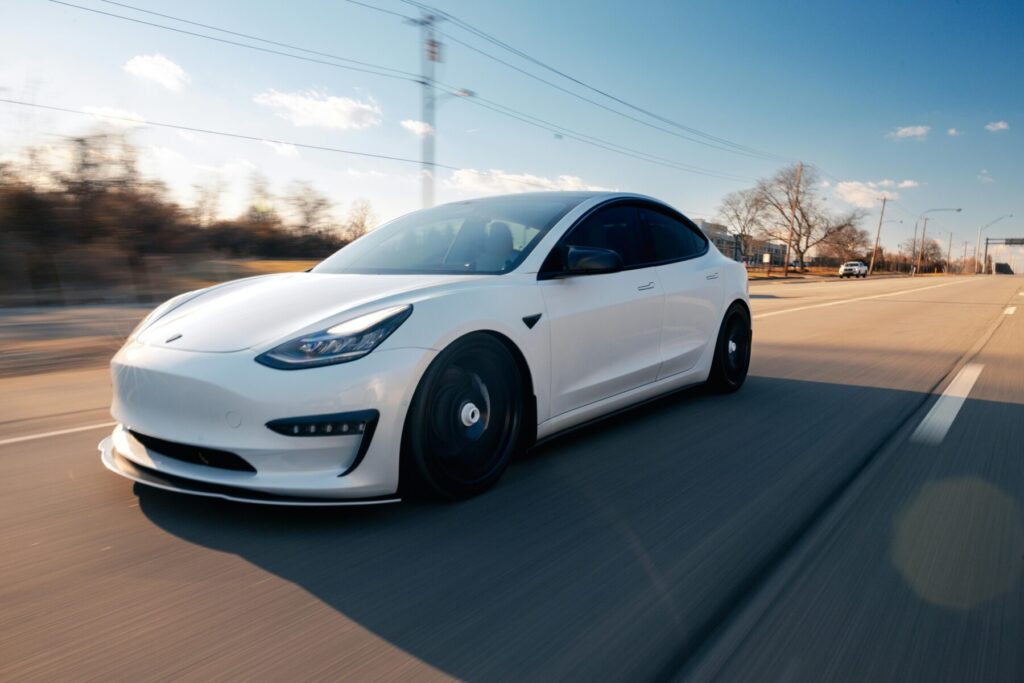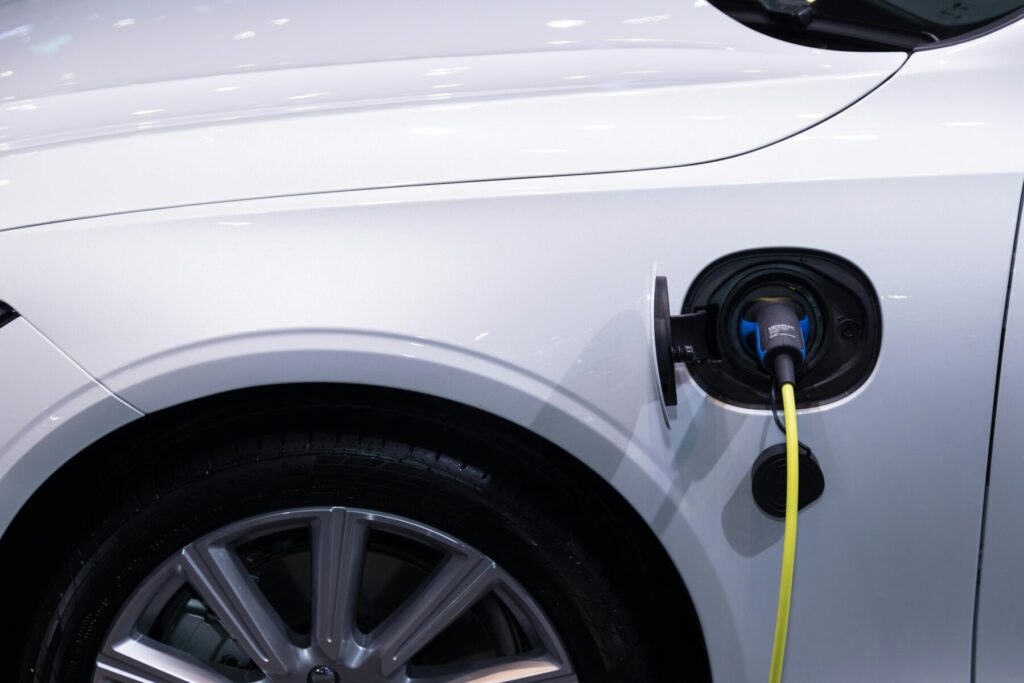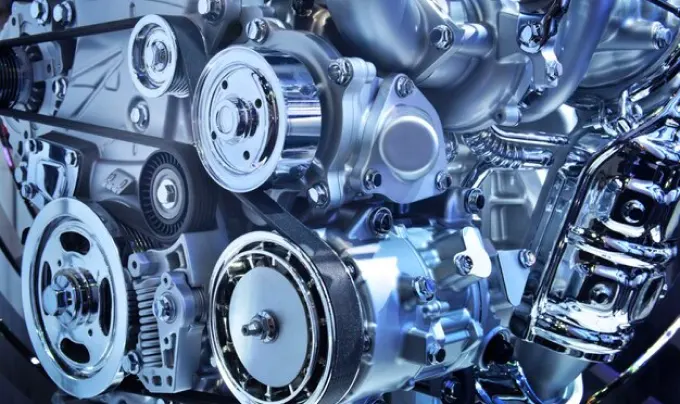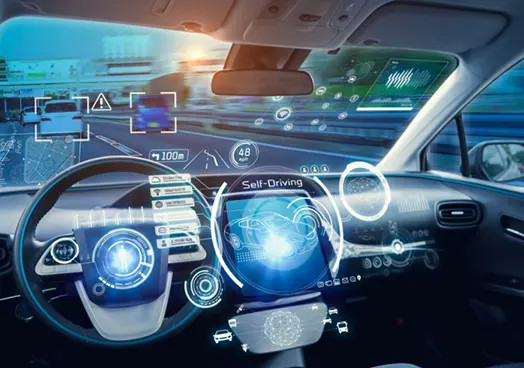
Real talk: car talk can be confusing. Whether you’re trying to understand the long acronyms or cryptic onboard diagnostics of your dashboard for emissions reporting for environmental, social, and governance (ESG), understanding ICE and EV acronyms can be a challenge.
If you’re trying to find your way out of the hole of vehicle acronyms, you’ve come to the right place. We’re GlobalMRV, the nation’s leader for real driving emissions (RDE) testing for clients of all different industries and niches.
Our team of Ph.D. researchers, managers, engineers, and technicians have decades of experience working with vehicle emissions in all different industries. If you’re wondering what ICE, HEV, EV, BEV, PHEV, FCEV, and a whole slew of other vehicle-related acronyms mean, have no fear.
In this article, we’ll debunk the meaning of ICEs, EVs, and other vehicle-related acronyms in this post. Grab your favorite Hot Wheels car and beverage, and let’s roll! This is Vehicle Talk with GlobalMRV.
EVs vs ICE vehicles: common acronyms

“What exactly does ICE and EV mean? What are some other common vehicle acronyms worth knowing?”
Along with ICE and electric vehicles (EV), you’ll often find these common acronyms:
- BEVs
- PEVs
- HEVs
We’ll explore what each of these means in the following sections and wrap up our tour of ICE and EV acronyms with the meaning of ICE vehicles.
BEVs: Battery electric vehicles

Battery electric vehicles are electric vehicles that are powered by large batteries. Different than internal combustion engines, PEVs, HEVs, or other low-carbon vehicles (LCVs), BEVs can only be powered by an electric battery.
These vehicles run because they use a battery for power. BEVs aren’t powered by gasoline or diesel.
Common BEVs include:
- Polestar 2
- Tesla Model Y
- Hyundai Kona
- Mercedes-Benz EQB
PHEVs: plug-in hybrid electric vehicles

If BEVs run on all-or-nothing 100% electricity, plug-in electric vehicles (PHEVs) offer a blended solution. PHEVs are automobiles powered by electricity and gasoline.
PEVs share similarities with their cousin, BEVs. Both vehicle types use a charging port and plug to charge their vehicles’ electric batteries.
But only PHEVs come with both a battery and gas or diesel-powered engine. PHEVs have medium-sized batteries and run about 30-40 miles on their electric battery before the diesel or gas engine kicks in and takes over.
PHEVs are ideal for drivers who take both short and long trips. Drivers can take advantage of the 100% electric portion of the PHEV for short trips while maximizing distance with the gas or diesel-powered engine.
These PHEVs are popular on the market right now:
- Kia Niro Plug-in Hybrid
- Toyota RAV4 Prime
- Ford Escape PHEV
- Toyota Prius Prime
HEVs: hybrid electric vehicles

Hybrid electric vehicles (HEV) are similar to PHEVs in that they come with a fuel tank and battery technology. The largest difference? Hint: it’s in the plug.
Hybrid electric vehicles don’t need a plug to charge their electric battery. What’s interesting is that their small battery allows them to operate on battery power alone at low speeds and for short distances.
And like their PHEV and BEV cousins, HEV batteries charge via regenerative braking. For example, when you press the brake, the electric motor helps charge the battery.
The charge the HEV receives from regenerative braking helps ensure drivers don’t need to plug the vehicle into a charging station.
Since HEVs do have some gasoline components in their engines, HEVs charge their batteries by burning the gas inside their engines.
Common examples of HEVs include:
- Toyota CHR hybrid SUV
- Honda CR-V Hybrid
- Hyundai Tucson Hybrid
Speaking of engines, let’s turn to our final acronym, ICEs.
ICEs: International combustion engines

Unlike electric cars, ICE cars don’t include the acronym, ICE, in their namesake. ICE — or internal combustion engines — refers to the equipment inside a gas-powered vehicle that helps the vehicle run.
Internal combustion engine vehicles are your classic gas and diesel-powered vehicles. These vehicles run on natural gas, gasoline, diesel fuel, ethanol, and other types of fuel.
Gas and diesel-powered vehicles have been the world’s mainstay for more than 100 years. But not for long.
Most people would say that automobiles powered by conventional gasoline cause much more pollution than electric vehicles. This is not the case for many varied reasons — a topic for another blog.
For this reason, internal combustion engines are being altered and improved in production because of the amount of nitrogen oxide and pollutants they emit into our atmosphere.
As we learn the harmful effects petroleum-based fuel can have on our environment, a new slew of electric vehicles are taking the market by storm. That means more acronyms.
Let’s take a look at some of these new EVs and their acronyms.
Other common EV acronyms

As the market for the electrification of vehicles and motorcycles continues to grow, new acronyms will continue to pop up. With that said, many new EV acronyms now exist.
Here’s a short glossary of some of the latest EV-related acronyms:
- ZEV: Zero-emission vehicles. These vehicles don’t emit any harmful pollutants. An example of a ZEV is a BEV.
- FCV: Fuel cell vehicles. This vehicle is powered by fuel cells. An FCV runs on oxygen and fuel. As a result, FCVs produce electricity. Fuel cell vehicles — like the Toyota Mirai — are FCVs.
- HFCV: Hydrogen fuel cell vehicle. This vehicle is powered by a fuel cell that operates using hydrogen and oxygen (see Toyotai Mirai above).
- AFC: alternative fuel vehicle. These vehicles are powered by non-petroleum-based fuels, biodiesel fuels, hydrogen, or electricity.
- NEVs: new energy vehicles (for the market in Asia) and neighborhood electric vehicles. NEVs cover BEVs and PHEVs. NEVs are a term that’s used overseas. But, this term is also used in the USA. The U.S.-based acronym refers to battery-powered electric vehicles that reach speeds of 25 miles per hour or less.
- MHEV: mild hybrid electric vehicles. MHEVs are ICE-powered vehicles with a battery that helps assist the vehicle’s engine. The battery doesn’t move the vehicle forward, but it helps start and stop the vehicle. An example of this vehicle is the Mercedes-Benz GLE SUV.
Table: ICE vs. EV: acronyms explained
| Acronym | Long-form name |
| BEV | Battery electric vehicle |
| PHEV | Plug-in hybrid electric vehicle |
| HEV | Hybrid electric vehicle |
| ICE | Internal combustion engine |
| ZEV | Zero-emission vehicle |
| FCV | Fuel cell vehicle |
| HFCV | Hydrogen fuel cell vehicle |
| AFC | Alternative fuel cell |
| NEV | New energy vehicle (overseas market) Neighborhood electric vehicle (U.S. market) |
| MHEV | Mild hybrid electric vehicle |
Did you know?
Did you know that the first internal combustion engine (ICE) was invented in the 1850s? While ICEs have helped improve the lives of drivers in the transportation industry and beyond, ICEs have an enormous environmental impact.
Curious to learn more about what type of emissions are coming out of your vehicle’s tailpipe? Feel free to reach out to one of our emissions experts today for a no-cost emissions consultation on your ICE or PHEV vehicle.
GlobalMRV: get help with all your ICE and EV emissions needs

There you have it! Some of the most common vehicle-related acronyms on today’s market include:
- BEVs (battery electric vehicles)
- PHEVs (plug-in hybrid electric vehicles)
- HEVs (hybrid electric vehicles)
- ICE (internal combustion engines)
While many differences between ICE and EV vehicles exist, know that ICE-powered vehicles tend to pollute the environment to a greater degree on the highways and roads of your local town. Likewise, renewable energy-powered vehicles — like EVs —create more pollution at the source of power generation.
With the EV market projected to grow nearly 25% between now and 2030, gauging your vehicle’s environmental impact will become ever more important as we drive together towards a greener future.
At GlobalMRV, we help companies make the greener future of tomorrow a reality today. We’ve collected and analyzed over 3,000 hours of reliable data and helped save original equipment manufacturers (OEMs) and companies more than $5,000,000 on traditional dynamometer and real driving emissions (RDE) testing for clients of all different industries and niches. And that’s just in the last decade alone!
If you’re wondering how to get your operation’s emissions under control, don’t hesitate to contact us for a risk-free vehicle emissions consultation with one of our technicians. Until then, safe driving, and all the best to you!
Frequently asked questions about ICE and EV vehicles

Which are better: EVs or ICE-powered vehicles?
While most companies still use ICE-powered vehicles for large operations — such as moving freight — EVs’ source of energy (when used the right way) can be less harmful for our environment. The harm is a matter of pollution location and deferment.
Both EVs and ICE-powered vehicles offer tremendous potential for people with all different needs. In general, though, EVs tend to be better for the urban environment with ICE being better for the rural environment. The tradeoff is that ICE-powered vehicles can travel farther on a tank of fuel.
What are the pros and cons of EV vs. ICE equipment?
The advantages of opting for an electric vehicle include the fact that:
- EVs are better for urban environments.
- EVs have lower upfront maintenance costs.
- EVs offer great fuel economy on a full charge.
The disadvantages of electric vehicles are:
- EVs are harder on the rural environment or where power generation is located.
- They take longer to charge than filling an internal combustion engine-powered vehicle with gas.
- The support infrastructure is not as widespread compared to the infrastructure for internal combustion engine-powered vehicles.
The advantages of ICE-based vehicles and equipment include:
- ICE vehicles and equipment tend to be more powerful than vehicles and equipment powered by electric motors.
- ICE vehicles tend to have longer ranges before needing to be refueled.
- Support infrastructure is widespread for ICE-based vehicles.
The disadvantages of ICE-based vehicles and equipment include:
- ICE-based vehicles are harsher on the urban environment where start-and-stop traffic prevails.
- ICE-based vehicles live and breathe fossil fuels. The hydrocarbon emissions that these vehicles emit through the burning of said fossil fuels are very harmful for the environment.
Can emissions data be collected on non-automobile, electric- and ICE engine-powered equipment?
Yes! Many businesses and OEMs can determine which is better — ICE or EV-based equipment — by calculating the emissions output of their equipment.
The tool that helps capture, monitor, verify, and report real-driving emissions (RDE) is portable emissions measurement systems (PEMS). If you’re curious to see what PEMS can offer you and your business, contact us today for your complimentary consultation on PEMS emission monitoring and reporting services.
We’d be more than happy to show you the ins and outs of our hardware as a service (HaaS) and PEMS package.